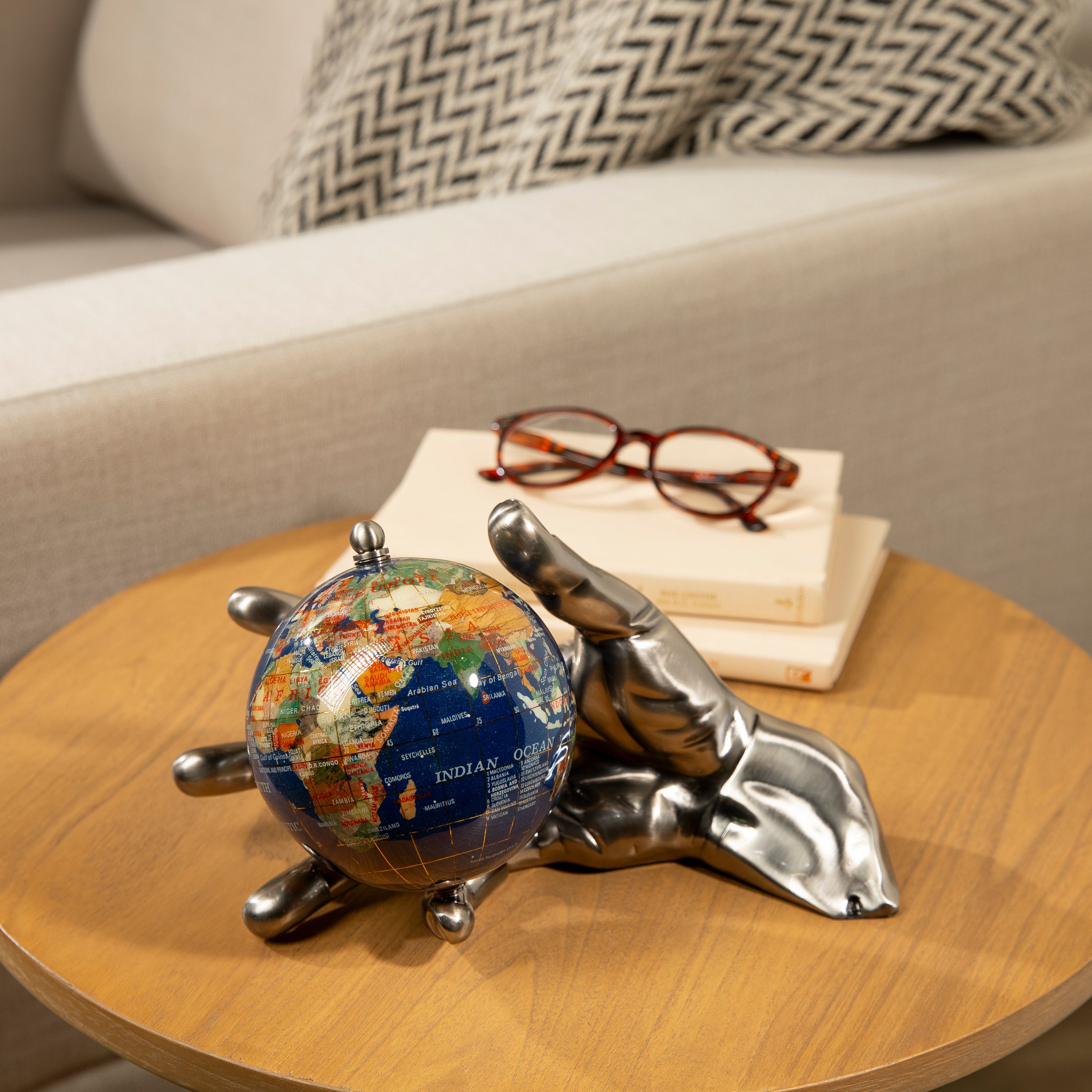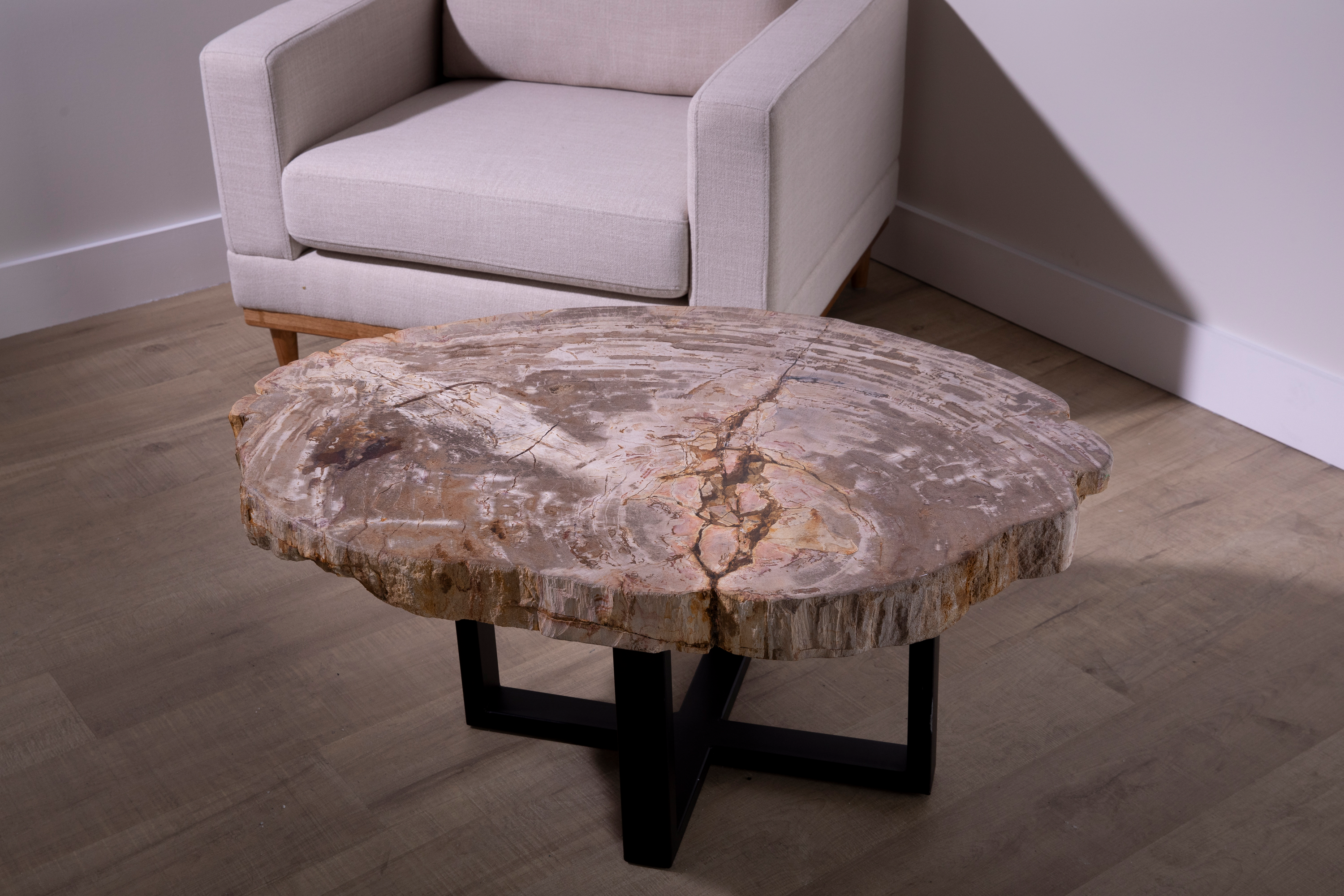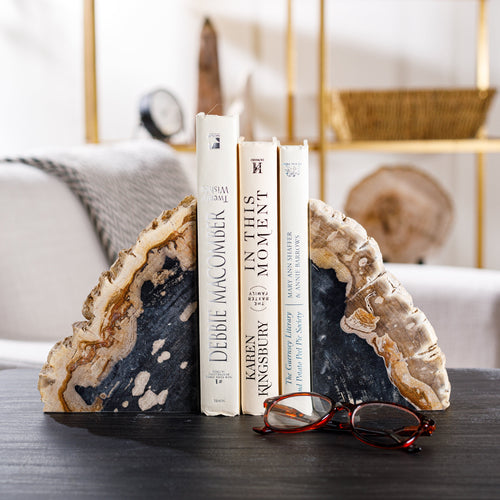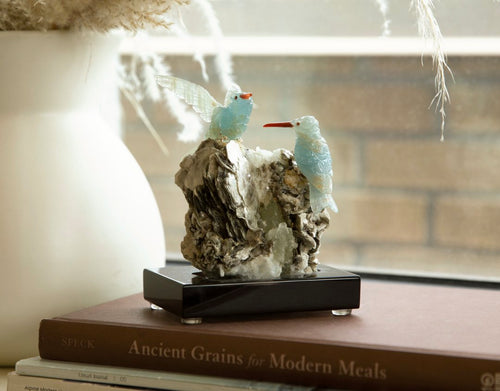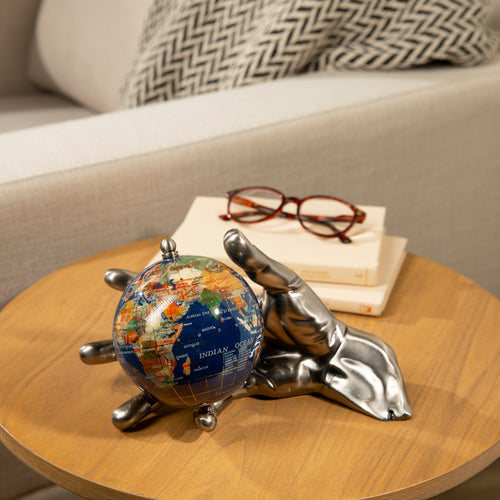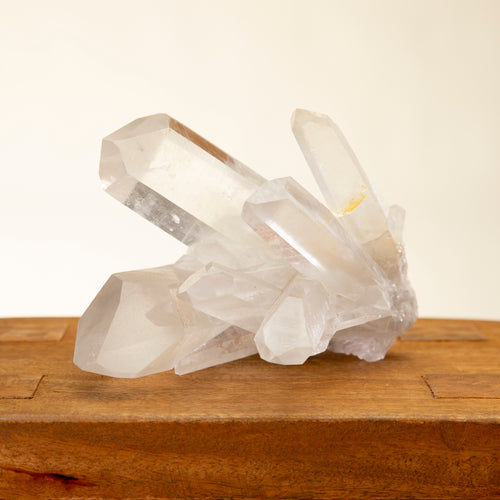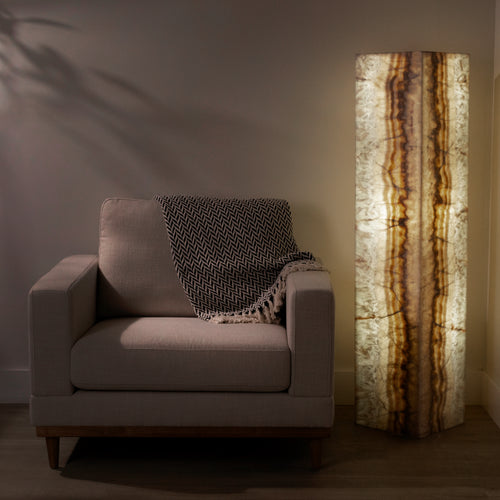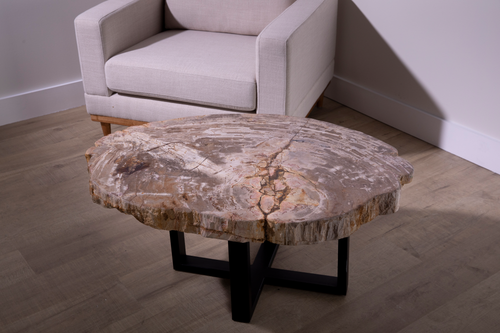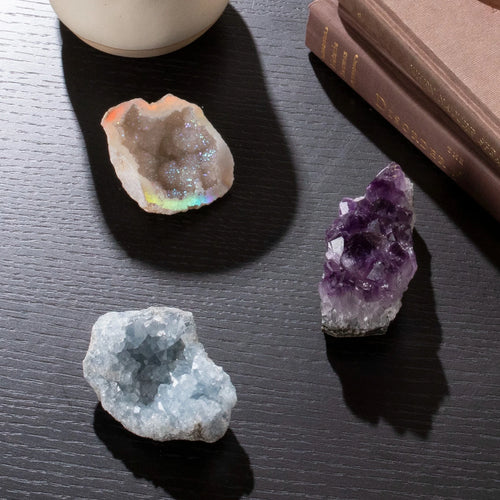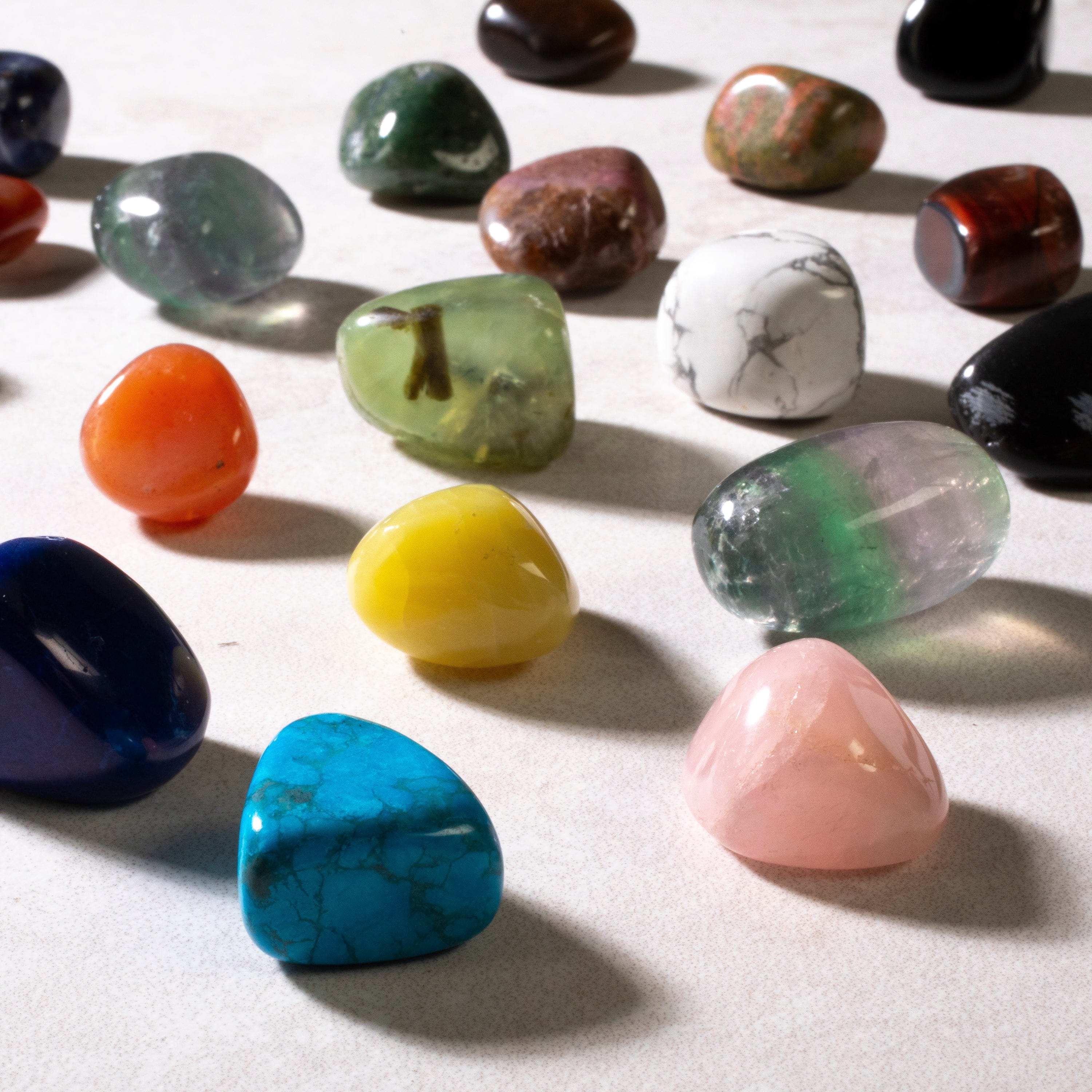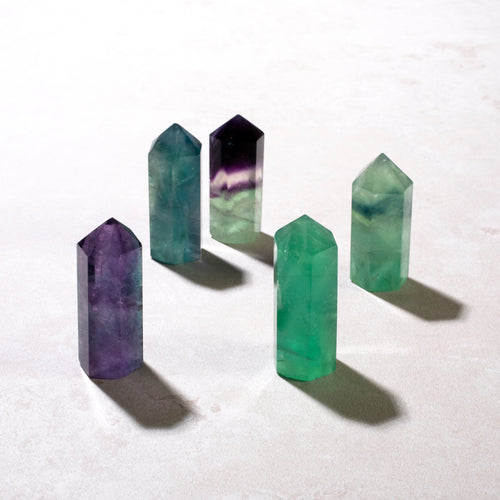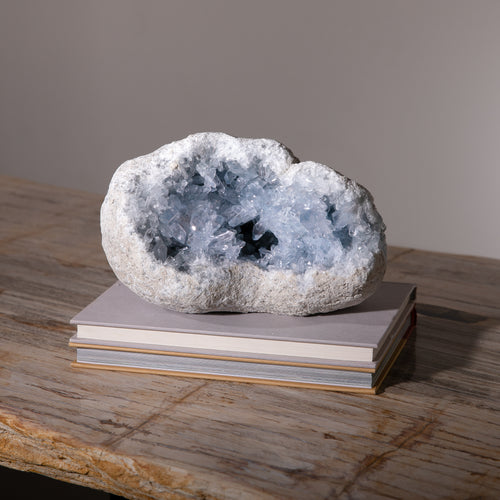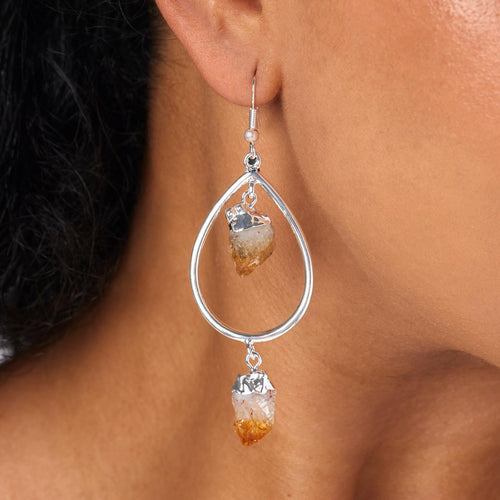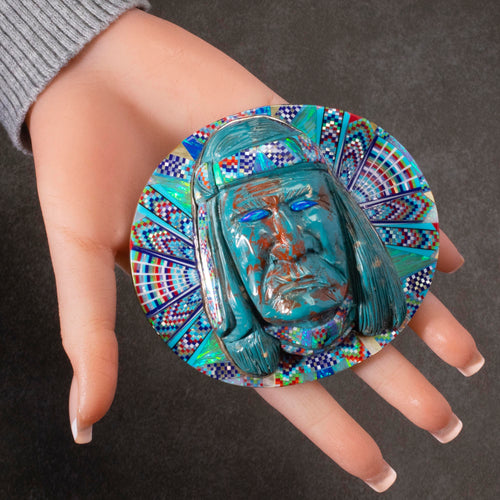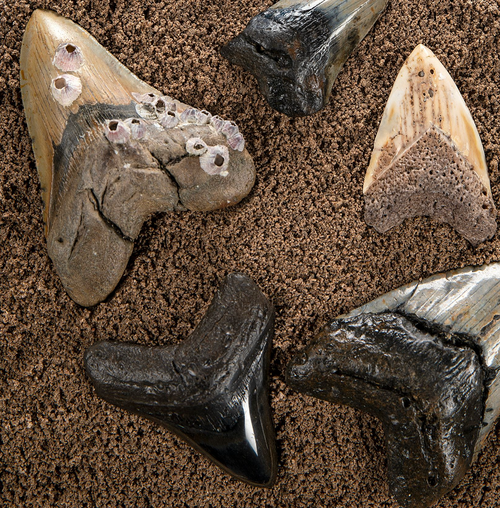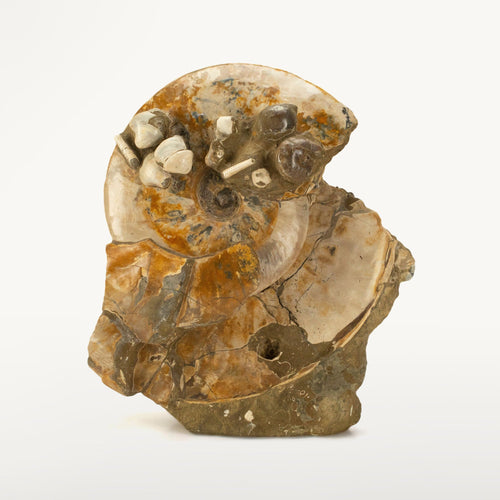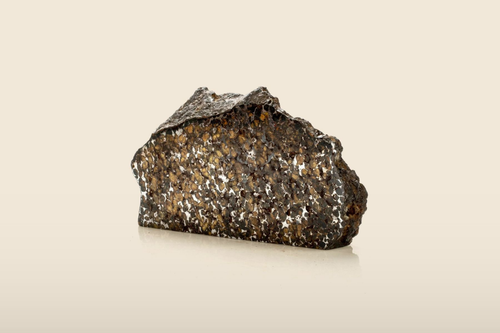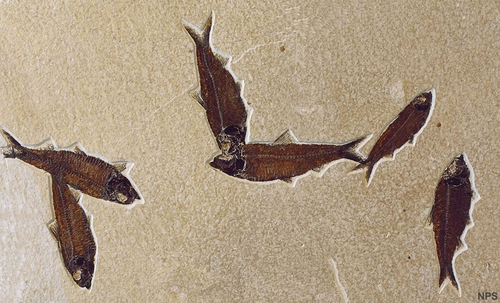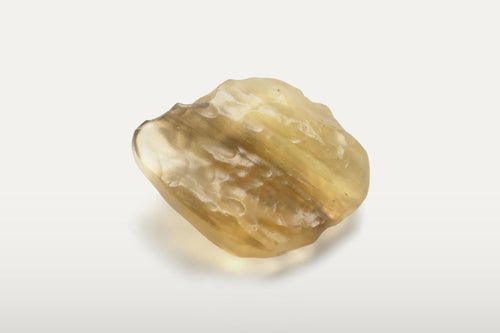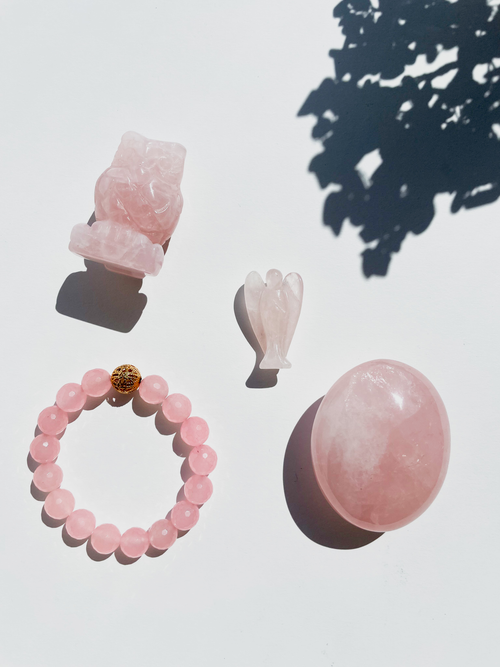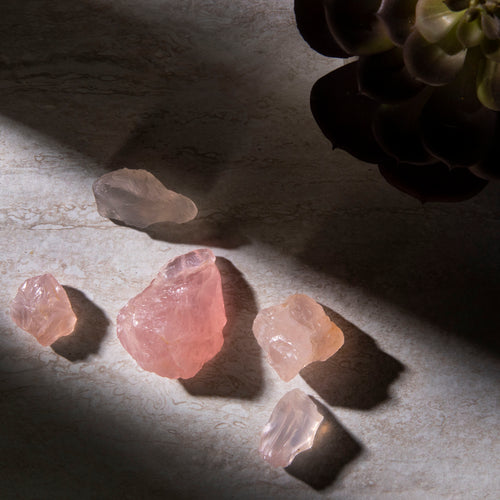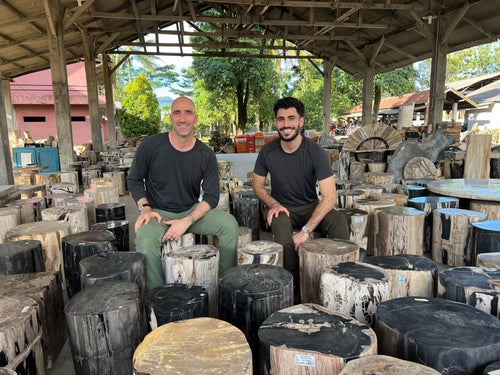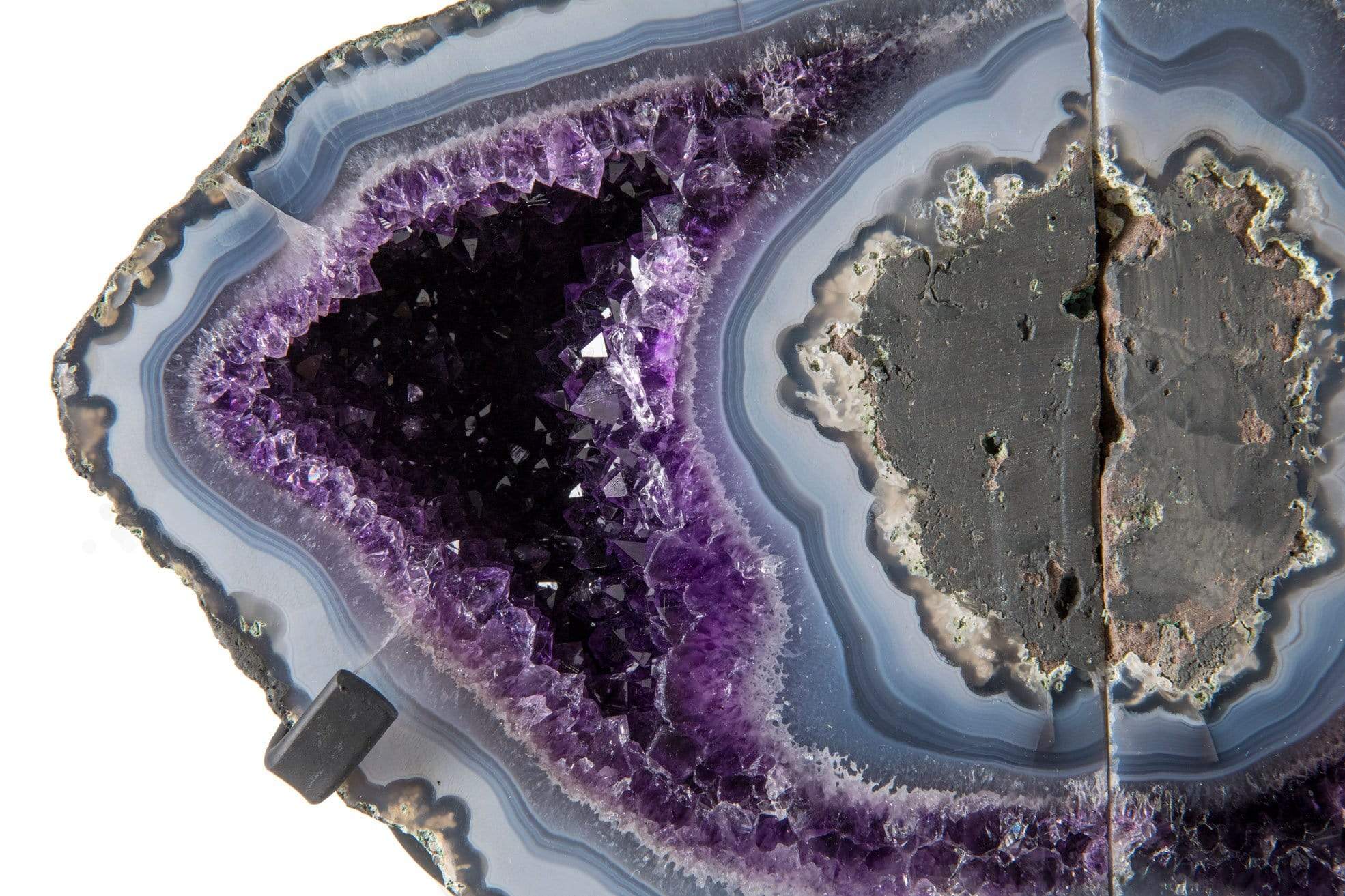
Welcome to the World of Collecting Fossils
Fossils are a unique piece of history that just about anyone from any background can appreciate. Old or young, male, female, and everyone else, no matter one’s religion or politics, the wonderful world of fossils is something that can connect us all.
Whether it is a T. rex or a trilobite, a fossil can help unearth some of the world’s most fascinating stories and can inspire us to think of a forgotten time. But where can you find fossils? And how do you even know if they are real? Which fossils should you start your collection with?
Where Can I Find Fossils?
In the United States, there are plenty of places where you can find authentic fossils. You can go hunting for your own fossils in places like:
- Westmoreland State Park in Montross, Virginia
- Purse State Park in Nanjemoy, Maryland
- Big Brook Park in Marlboro Township, New Jersey
- Fossil Park in Sylvania, Ohio
- Mineral Wells Fossil Park in Mineral Wells, Texas
- Sharktooth Hill in Bakersfield, California
- Florissant Fossil Quarry in in Florissant, Colorado
While hunting for your own might be the most hands-on way to find real fossils, it isn’t always the easiest, and it’s definitely not for everyone! A reputable place to look is museum gift shops—you know that you are always getting the real deal. The Smithsonian Museum gift shop is one of our personal favorites.
You can definitely find some great fossils online, including on eBay, but be mindful of shopping from reputable sources. While eBay can have some great specimens, you should always check the seller’s reviews to make sure they have good feedback.
How Do I Know If the Fossils Are Real?
The sad reality is that there are a lot of really good-quality fake fossils on the market, and to an untrained eye, it can be hard to tell whether or not a specimen is real. The general rule of thumb is: If a deal is too good to be true, it probably is.
If you are shopping at a store or on a website and their selection all looks exactly the same, red flags should be going up in your head. All fossils are one of a kind, no matter how rare they are. You will want to beware of casts as well. They might look like real fossils, but they are actually copies of a real fossil. Casts can be beneficial, though, in that they are much cheaper and can serve as great decorations and learning tools.
A pretty simple way to get things right is to do your homework on the facts presented by the seller about the fossil. Does the species name they give for the fossil match up with the age that they claim the fossil is from? What do we know about that time period and archaeological dig site? With a bit of homework, you can find great evidence to determine whether things add up or not.
There are other tools that can 100 percent determine the authenticity of a fossil, like CT scans, X-rays, acid tests, and carbon dating. But if you follow some of the tips here, you will be able to avoid disappointment.
3 Fossils to Kick-Start Your Fossil Collection
There are thousands if not millions of fossils to choose from. Each genus of animal can have thousands of species in it. The beautiful thing about being a fossil collector is that there are always more specimens you can add to your collection! Here are three we think you should get started with.
Trilobites
Trilobites are arthropods that entered the fossil record 521 million years ago. They survived up until 270 million years ago, until the Permian mass extinction. They can range widely in size, from a few centimeters to several feet. They are found all across the world in all different bodies of water.
Ammonites
These cephalopods were closely related to the modern-day octopus and squid. What is left behind of them are their shells, for their actual bodies were ligaments, and the soft tissue is extraordinarily unlikely to fossilize. Like trilobites, they come in all different shapes and sizes. Depending on the minerals that they were fossilized with, they can have different colors and patterns on the shell.
Orthoceras
My personal favorite! The Orthoceras was a mollusk that lived more than 400 million years ago. The name means “straight horn” and refers to the characteristic long, straight shell. Like ammonites, Orthoceras was mostly soft tissue, so what remains of them is their shells. These are the ancestors to the modern-day squid; the siphuncle, a tube that runs the entire length of the shell through all the other chambers, allowed the Orthoceras to move backward through the water. It also allowed the creature to release water and increase its internal air volume, which would create a buoyancy device that allowed the Orthoceras to raise and lower itself in the water. The Orthoceras ranged in size from a few centimeters to more than 14 feet long!
Go Get Started!
You don’t need to spend thousands of dollars to start your own collection. For around $15, you can begin collecting extraordinary and real fossil specimens. Be careful, though—once you begin to unlock these parts of history, you will only want to learn more and more.
